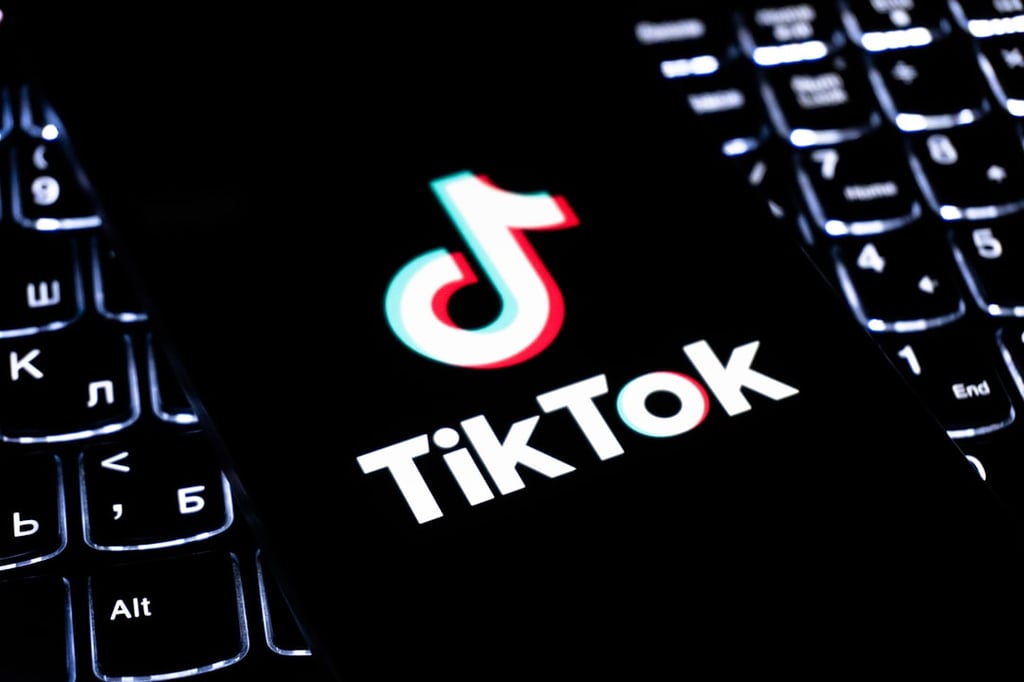Datamation content and product recommendations are
editorially independent. We may make money when you click on links
to our partners.
Learn More
With an unprecedented demand for mobile devices and services expected in
the near future, the scramble is on for the one thing all cell phones,
PDAs, iPhones and other wireless devices need: spectrum.
But outside of the much anticipated January 700 MHz auction, the Federal
Communications Commission (FCC) isn’t planning on selling anymore
spectrum at this time. Tech hopes to change that with several proposals
now pending before the agency.
From the interference buffer zones between television stations to space that some claim is underutilized and could be used for wireless broadband
services, new “smart” radio technology and other innovative ideas are
prompting the FCC to reevaluate its spectrum policies.
White spaces fall into gray regulatory area
Although broadcasters are allocated hundreds of megahertz of spectrum in
every U.S. television market, significant chunks are unused, serving as
buffers against interference from other channels. In Boston and Chicago,
for instance, almost 50 MHz is fallow.
Technology companies such as Microsoft and Google hope to use these
interference buffer zones, known as “white spaces,” to develop both
licensed and unlicensed wireless devices and services. Licensed use
could include delivering wireless broadband.
The interference buffers were once considered necessary because older
technologies required more space between the television
channels. But the White Spaces Coalition, which includes Microsoft, Dell
and HP, claims new technology allows for the use of the
space between the channels without interference to the broadcasters.
According to the coalition, technology exists that scans for TV channels in
use and jumps to unused spectrum in the white spaces. To prove the
point, Microsoft in March submitted a prototype model to the FCC.
Unfortunately for the coalition, the prototype failed the initial FCC
tests, because it did “not consistently sense or detect TV broadcast
or wireless microphone signals,” the FCC report
Microsoft claims the device tested by the FCC was broken and a second
device, also in the FCC labs, works well.
“Coalition members are encouraged that FCC engineers did not find fault
with our operating parameters and remain confident that unlicensed
television spectrum can be used without interference,” the group said in
a statement. “In fact, in its report, the FCC stated that ‘the bench test
results indicate that under laboratory conditions, this device is
generally able to reliably detect DTV signals.'”
The National Association of Broadcasters (NAB) pointed to the FCC report
as proof the device doesn’t work.
“FCC testing results confirm what NAB…and others have long contended:
that the portable, unlicensed devices proposed by high-tech firms can’t
make the transition from theory to actuality without compromising
interference-free television reception,” NAB Executive Vice President
Dennis Wharton said in a statement.
To the disappointment of the NAB, however, the FCC said it was still
open to the possibilities of using white space spectrum. “The devices we
have tested represent an initial effort and do not necessarily
represent the full capabilities that might be developed with sufficient
time and resources,” the report states.
Even before Microsoft submitted its prototype, the FCC was interested in
white spaces technology, contending that broadcasters’ original fears of
interference are perhaps unjustified in a technological age that
includes smart radio transmitters and receivers.
This article was first published on InternetNews.com. To read the full article, click here.
-
Huawei’s AI Update: Things Are Moving Faster Than We Think
FEATURE | By Rob Enderle,
December 04, 2020
-
Keeping Machine Learning Algorithms Honest in the ‘Ethics-First’ Era
ARTIFICIAL INTELLIGENCE | By Guest Author,
November 18, 2020
-
Key Trends in Chatbots and RPA
FEATURE | By Guest Author,
November 10, 2020
-
Top 10 AIOps Companies
FEATURE | By Samuel Greengard,
November 05, 2020
-
What is Text Analysis?
ARTIFICIAL INTELLIGENCE | By Guest Author,
November 02, 2020
-
How Intel’s Work With Autonomous Cars Could Redefine General Purpose AI
ARTIFICIAL INTELLIGENCE | By Rob Enderle,
October 29, 2020
-
Dell Technologies World: Weaving Together Human And Machine Interaction For AI And Robotics
ARTIFICIAL INTELLIGENCE | By Rob Enderle,
October 23, 2020
-
The Super Moderator, or How IBM Project Debater Could Save Social Media
FEATURE | By Rob Enderle,
October 16, 2020
-
Top 10 Chatbot Platforms
FEATURE | By Cynthia Harvey,
October 07, 2020
-
Finding a Career Path in AI
ARTIFICIAL INTELLIGENCE | By Guest Author,
October 05, 2020
-
CIOs Discuss the Promise of AI and Data Science
FEATURE | By Guest Author,
September 25, 2020
-
Microsoft Is Building An AI Product That Could Predict The Future
FEATURE | By Rob Enderle,
September 25, 2020
-
Top 10 Machine Learning Companies 2020
FEATURE | By Cynthia Harvey,
September 22, 2020
-
NVIDIA and ARM: Massively Changing The AI Landscape
ARTIFICIAL INTELLIGENCE | By Rob Enderle,
September 18, 2020
-
Continuous Intelligence: Expert Discussion [Video and Podcast]
ARTIFICIAL INTELLIGENCE | By James Maguire,
September 14, 2020
-
Artificial Intelligence: Governance and Ethics [Video]
ARTIFICIAL INTELLIGENCE | By James Maguire,
September 13, 2020
-
IBM Watson At The US Open: Showcasing The Power Of A Mature Enterprise-Class AI
FEATURE | By Rob Enderle,
September 11, 2020
-
Artificial Intelligence: Perception vs. Reality
FEATURE | By James Maguire,
September 09, 2020
-
Anticipating The Coming Wave Of AI Enhanced PCs
FEATURE | By Rob Enderle,
September 05, 2020
-
The Critical Nature Of IBM’s NLP (Natural Language Processing) Effort
ARTIFICIAL INTELLIGENCE | By Rob Enderle,
August 14, 2020
SEE ALL
ARTICLES







